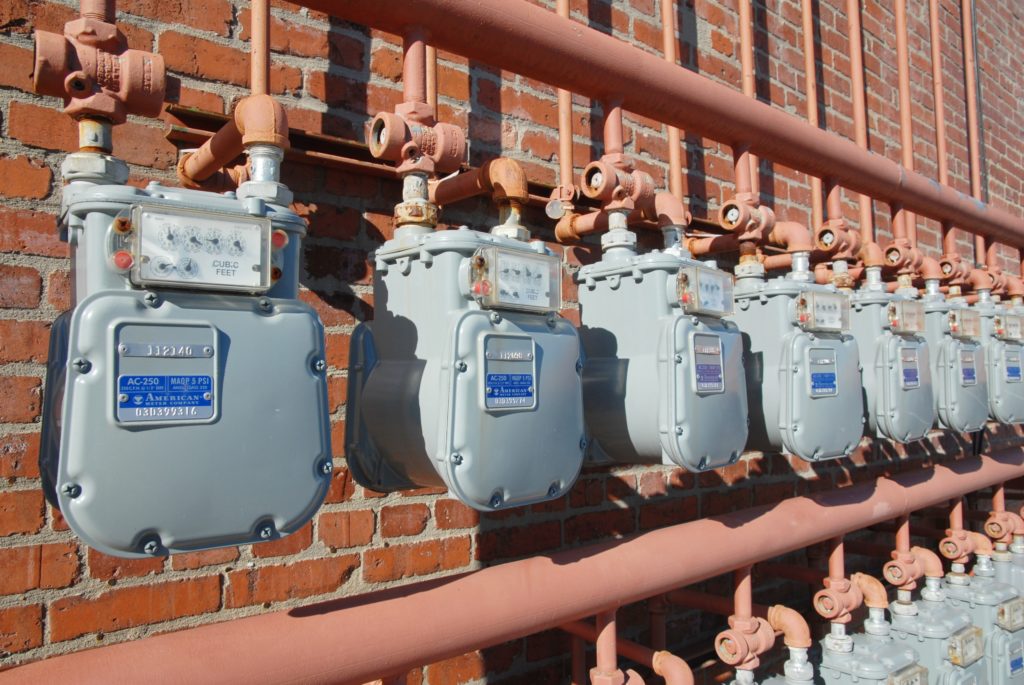How Google Is Tracking Global Methane Emissions and Air Pollution
05 July 2022 – by Dhra Dhirakaosal Naglis Comments (0)
Carbon Dioxide Emissions vs Methane Emissions
Carbon dioxide emissions may top the list when it comes to the most notorious and potent greenhouse gas emissions (GHG), but methane emissions create a warming effect that is 80 times that of CO₂ during its first 20 years in the air. This makes this type of GHG the second largest contributor to global warming.
Methane emissions, especially from the oil and gas industry, must be reduced as soon as possible.
Why is Methane a Worse Greenhouse Gas?
Methane is a powerful greenhouse gas. Unlike carbon dioxide, which can stay in the air for centuries, methane lasts for about a decade on average. This means it has an exceptionally large impact on climate change in the short term. Efforts to reduce methane emissions are our best chance at slowing climate change and reducing methane pollution. This would allow the globe more time to deal with the longer-term threat of CO₂ emissions.
Reducing Methane Emissions Through Global Initiatives
Consequently, efforts to reduce methane leaks are soaring globally. In 2021, 105 countries signed up for the Global Methane Pledge at the COP26 summit. This agreement pledged to slash methane emissions by 30% by 2030, compared with 2020 levels. The number of countries pledged has now risen to 120, representing 50% of methane emissions worldwide.
Recently, the EU and US issued a joint press release on the launch of the Global Methane Pledge Energy Pathway. Their vision would see an acceleration of methane emissions reductions in the oil and gas sector – the largest contributors.
Detecting Global Methane Emissions by Source
Meanwhile, tech experts, scientists and environmentalists have been working together to tackle methane emissions at their source. The greenhouse gas is produced by nature and certain human activities, the latter of which accounts for 50 to 65% of global anthropogenic methane emissions. They comprise agriculture, waste and energy primarily. In the past five decades, leaky gas pipe infrastructure has become a major contributor.
In the US, local distribution gas pipelines in older cities are made from cast iron and bare steel pipes. This makes them prone to leaks. While major methane leaks, or those found during production, are usually fixed right away, less emphasis has been placed on monitoring local distribution leaks due to their large size and complex nature. This makes maintaining pipelines a logistical challenge and very labour-intensive. However, the use of technology is making it possible.

Natural Gas and Methane Mapping Through Technology by Google
Google has been working with its partners worldwide for several years to track over 500 million air measurements through air pollution sensors on its Google Street View vehicles. The company hopes the information could be useful to cities, allowing them to improve the livelihoods of locals.
Such was the case when Google partnered up with the Environmental Defence Fund (EDF) and a group of Colorado scientists. The organisations mapped out methane emissions in local pipeline distribution systems to assist utility companies with addressing the leaks. The methane sensors on Google Street View vehicles sample the air in real-time. To reduce costs, drivers did not require training, as the equipment functioned autonomously while the cars roamed the streets as usual.
Google Algorithm To Calculate the Rate of Methane Leaks from Pipelines
Google has created an algorithm to calculate the rate of methane emissions leaked from pipelines. These were then classified as “small, medium or large” to help utility companies identify which leaky pipes to prioritise. The project enabled the mapping of thousands of leaks from natural gas pipelines, boosting efficiency by targeting old leaky pipeline infrastructure.
Data revealed that old pipelines emitted 25 times more methane than newer ones. Cities with more modern pipelines like Burlington and Indianapolis, which have undergone accelerated pipeline replacement programs, have had fewer leaks.
In 2016, Public Service Electric & Gas (PSE&G), a leading US utilities company, used the data to prioritise its pipeline replacement efforts. The company succeeded in cutting down its methane emissions by 83% by replacing 35% fewer miles of pipe than originally anticipated, thanks to the data.
Data from Google Street View Vehicles
Today, data from Google Street View vehicles continue to play a pivotal role in identifying methane leak emissions. A recent study led by Colorado State University drew upon the data, revealing that pipeline leaks were more common in low-income or majority non-white populations in US cities, suggesting that the analysis of pipe leaks should become a factor for equitable infrastructure management. The study also again confirms a strong correlation between ageing infrastructure and leaks.
Technology as the Way Forward to Cut Methane Emissions
Advanced methane leak detection through technology, like the work done by Google in collaboration with others, has turned what once was considered a mammoth task into something that is achievable, effective and low-cost. Partnerships among sectors to develop green initiatives like this can help accelerate pipeline replacement programmes by utility companies in much-needed areas. It can also contribute to citywide greenhouse gases reductions and safer living environments. Ultimately, a reduction in methane emissions would drastically improve net-zero targets worldwide.